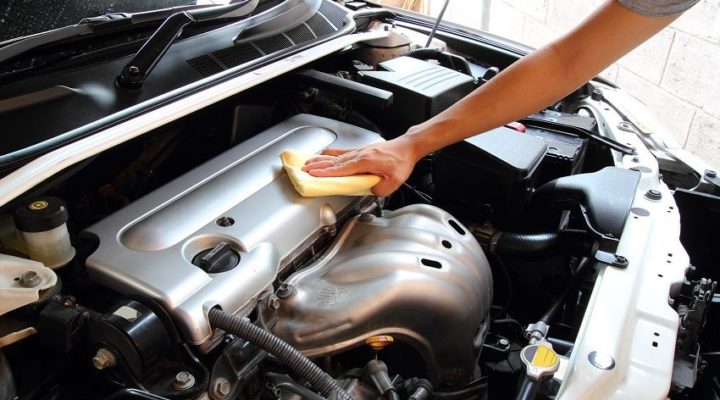
The engine is the heart of your vehicle, many factors such as cold start, continuous acceleration, and braking, friction between mechanical parts and bearing, air resistance to advance, among other factors, cause overconsumption and increased wear of the vehicle, which in the long run will cause you to lose money.
Here are some practical recommendations that will help you take care of your vehicle’s engine and save money.
1. Do not drive with a very low fuel level
There are residues of materials that accumulate in the bottom of the tank when the vehicle is driven with fuel to the minimum these sediments are sent to the engine, which could penetrate the filters and cause internal damage to the engine.
2. Use the most suitable fuel for the engine
If you add gasoline to the one specified by the manufacturer of your vehicle, you can damage the engine and cause the gas to burn faster before the spark plug sends the spark. If your car uses standard gasoline and puts extra (premium), it takes more advantage of the calorific value of this gasoline because the ignition occurs under ideal conditions of pressure and temperature. Therefore, fuel efficiency can be higher with higher octane gasoline and better mileage performance will be had.
3. Do not heat the engine when the vehicle is not moving
When the engine works in a vacuum, it only consumes gasoline. This also causes premature engine wear, damaging spark plugs or injectors and producing carbon deposits, thus reducing engine efficiency.
4. Change the fuel and air filters regularly
The fuel filter protects your car engine from harmful sediments. A new filter will allow the fuel to flow cleanly to the engine. It is recommended that the fuel filter change is done at least every 2 months (approximately). This will help improve the operation of the vehicle and reduce fuel consumption, saving money and helping to care for the environment.
5. Maintain a constant drive when driving
Try to ride at higher speeds and do not break or sudden speed changes. Always try to use the engine brake (even more so when you are driving on roads with steep descents). This will also prevent wear and tear on vehicle parts, and also help reduce fuel consumption.
6. At the beginning of your journey, advance at a moderate speed, accelerating progressively
Wait until the motor temperature stabilizes to demand the full power of the motor. Avoid forcing the changes and let the vehicle acquire its own speed.
7. When starting the car, wait a minute before starting
This step is important so that all the liquids of the vehicle reach the optimum state to fulfill their function.
8. Verify that the coolant, brake fluid, and oil levels are at their proper level
It is very important to do it regularly, ideally to do it every month (approximately). It is advisable to change the oil filter since it is not worthwhile that the new oil gets dirty again with an old filter.
9. Preventive maintenance periodically
It is advisable to take the vehicle to the official dealerships or with your trusted mechanic. Preventative checks include oil control, hoses, belts, antifreeze, etc. You can also put the best all-weather floor mats to protect the floor of your car.
10. Carry a Hi-lift jack
With a hi-lift jack along, you will no longer have to feel helpless in tricky situations. Whenever the situation with your vehicle asks you to use some of your lifting or pushing or clamping skills, you can take control of the best Hi-lift jack. The product, made of high-strength cast iron steel components, is designed in a way to provide you with required support while having extended life. It can be a life-saver. Oh, well, make sure you don’t go for the cheap copies of the product as they won’t have the capacity to handle much lateral pressure.
Final Words
The engine is the most important part of your vehicle, if we take care of it properly we will be giving our car’s engine a few more years of life and also save money on breakdowns caused by lack of care and bad practices when using the car.
In addition to the aforementioned care, it is also suggested to take control of preventive and/or corrective maintenance through some application or fleet management system in order to keep adequate records on this subject.
Finally, it is important to follow the indications of the vehicle manufacturer, as well as we can improve our habits and customs when using the car.
Leave a Reply